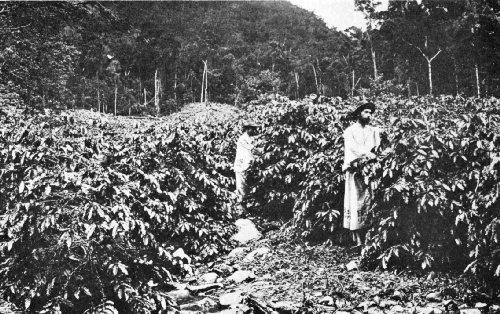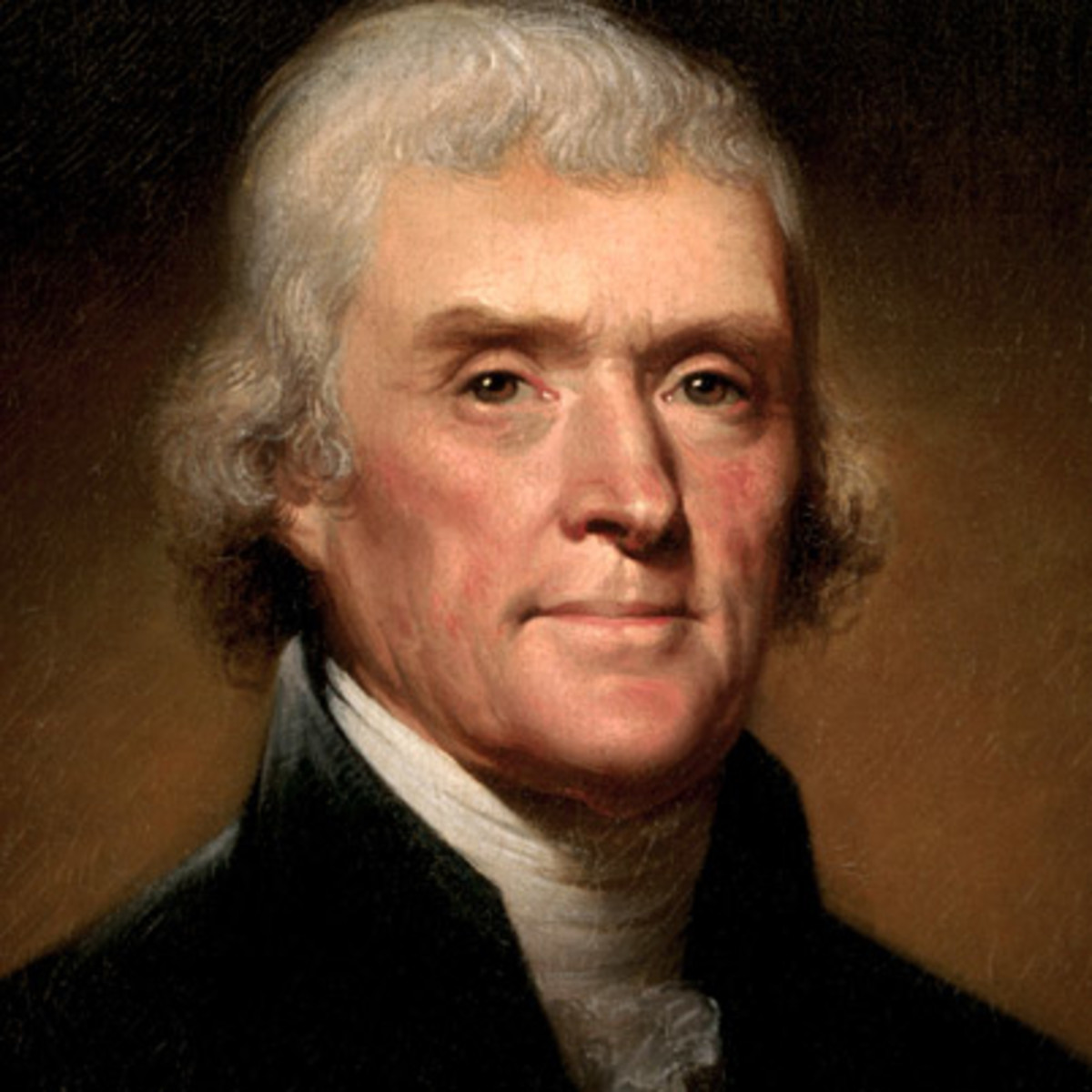The History of Coffee Part 2: 1500-1799
1500
Coffee cultivation and trade began on the Arabian Peninsula. By the 15th century, coffee was being grown in the Yemeni district of Arabia and by the 16th century it was known in Persia, Egypt, Syria, and Turkey.
Coffee was not only enjoyed in homes, but also in the many public coffee houses — called qahveh khaneh — which began to appear in cities across the Near East. The popularity of the coffee houses was unequalled, and people frequented them for all kinds of social activity. Not only did the patrons drink coffee and engage in conversation, but they also listened to music, watched performers, played chess and kept current on the news. Coffee houses quickly became such an important centre for the exchange of information that they were often referred to as “Schools of the Wise.” With thousands of pilgrims visiting the holy city of Mecca each year from all over the world, knowledge of this “wine of Araby” began to spread.
Coffee was actually banned in Mecca in 1511 by the Ottoman Turkish Sultan Selim, as it was believed to stimulate radical thinking and hanging out — the governor thought it might unite his opposition. Java also got a bad rap for its use as a stimulant. Some Sufi sects would pass around a bowl of coffee at funerals to stay awake during prayers, to the current day where politicians drink it for the same effect!
Some people reacted to this new beverage with suspicion or fear, calling it the “bitter invention of Satan.” The local clergy condemned coffee when it came to Venice in 1615. The controversy was so great that Pope Clement VIII was asked to intervene. He decided to taste the beverage for himself before making a decision, but he refuses the European wide ban on coffee, deeming the beverage “Delicious”.
Despite such controversy, coffee houses were quickly becoming centres of social activity and communication in the major cities of England, Austria, France, Germany and Holland. In England “penny universities” sprang up, so called because for the price of a penny one could purchase a cup of coffee and engage in stimulating conversation.
The mufti in Constantinople declares that coffee is forbidden in 1570 by the law at the behest of religious zealots who are angered over the popularity of coffee houses which are ordered closed by Amurath III on religious grounds as forbidden by the Koran just like wine.
The populace does not strictly observe this decree, however, and continues to be consumed privately in houses and some shops.
1600

In 1650 The first coffee house in all of England opens near the University of Oxford where eager students drive the drink's popularity. A few years later, those caffeinated young men establish the Oxford Coffee Club. None of these toffs were summarily expelled; instead the college all-nighter was born! And with it the creation of innovative theories and ideas shared not only by students, but also by leading scientists like Sir Robert Boyle. Years later the club would become the Royal Society, England's world-renowned scientific think-tank. This building is now known as "The Grand Cafe." A plaque on the wall commemorates this and the Cafe is now a trendy cocktail bar.
In 1668 Coffee became the most favourite breakfast drink in New York, replacing the previous favourites of beer and wine. Those who drank coffee instead of alcohol began the day alert and energized, and not surprisingly, the quality of their work was greatly improved.
European travellers to the Near East brought back stories of an unusual dark black beverage. France opens its first ever coffee house in 1672, just predating the French Revolution. In the mid-1600's, coffee was brought to New Amsterdam, later called New York by the British.
The Turkish Army surrounds Vienna in 1675. Franz Georg Kolschitzky, a Viennese who had lived in Turkey, slips through the enemy lines to lead relief forces to the city. The fleeing Turks leave behind sacks of “dry black fodder” that Kolschitzky recognizes as coffee. He claims it as his reward and opens central Europe’s first coffee house. He also establishes the habit of refining the brew by filtering out the grounds, sweetening it, and adding a dash of milk.

In 1690, the Dutch smuggle out a coffee plant from Mocha to cultivate it in their own colony in Eastern India – Java (hence the name…)
Here's a story of intrigue and heroism, in which a man on a secret mission and coffee were never the same thereafter. In 1683 the unstoppable Turkish Army of 300,000 laid siege and surrounded the Austrian city of Vienna for the second time. The grand city of culture was at the point of surrendering to the Ottoman Empire once and for all, even though help from an army of 33,000 Austrians were nearby. Odds did not favour the Viennese.
A man named Franz Georg Kolschitzky, a young Pole, who had lived in Istanbul for ten years and spoke Turkish, offered up his service to the beleaguered Viennese. Dressed in disguise, in the uniform of the Turkish Army, he clandestinely slipped through the enemy's lines. He gathered vital and strategic information. With this, the Prince of Lorraine and the Austrians attacked. The Turks fled, running so fast, they left their 25,000 tents, 10,000 Oxen, 5000 camels, and a tremendous bounty of Gold behind for the victors, yet to Franz, the true treasure abandoned was - 500 sacks of green coffee beans. The spoils were distributed; but no one wanted these odd little beans or knew what to do with them - except Franz, that is.
Franz is a hero! He is awarded Austrian nationality and granted permission to open the first Viennese coffee house... He names it the Blue Bottle. He made the coffee as he had learned in Istanbul. Most Viennese did not take to this strange new beverage. He brilliantly decides to filter the coffee, add a spoonful of cream and honey. Yummy! Business takes off and he is known to this day as the Patron Saint to coffee houses in all of Vienna. Next time you order a Viennese Coffee, you now know it was all due to one heroic young man versus 300,000 invaders and his reward of 500 sacks of coffee beans.
In 1698 Something is brewing in London within Johnathan's Coffee House in Change Alley. John Castaing begins to issue a list of stock and commodity prices. It is the earliest evidence of organized trading in marketable securities in London. Men gather not only for their morning fix, they trade information and end-up dealing in commodities. Alas, the London Stock Exchange is born, one of the world's oldest!
1700
By the 17th century, coffee had made its way to Europe and was becoming popular across the continent. As demand for the beverage continued to spread, there was fierce competition to cultivate coffee outside of Arabia.
Unwittingly, in 1714, the Mayor of Amsterdam presented a gift of a young coffee plant to King Louis XIV of France. The King ordered it to be planted in the Royal Botanical Garden in Paris. In 1723, a young naval officer, Gabriel de Clieu obtained a seedling from the King's plant. Despite a challenging voyage — complete with horrendous weather, a saboteur who tried to destroy the seedling, and a pirate attack — he managed to transport it safely to Martinique.
Once planted, the seedling not only thrived, but it’s credited with the spread of over 18 million coffee trees on the island of Martinique in the next 50 years. Even more incredible is that this seedling was the parent of all coffee trees throughout the Caribbean, South and Central America.
By the mid-17th century, there were over 300 coffee houses in London, many of which attracted like-minded patrons, including merchants, shippers, brokers and artists. Many businesses grew out of these specialized coffee houses. Lloyd's of London, for example, came into existence at the Edward Lloyd's Coffee House.
As a point to note, around this same time the custom of tipping is born in English coffee houses. Customers place coins in a box labelled "To Insure Prompt Service" T-I-P-S – go figure…
The Dutch finally got seedlings in the latter half of the 17th century. Their first attempts to plant them in India failed, but they were successful with their efforts in Batavia, on the island of Java in what is now Indonesia.
The plants thrived and soon the Dutch had a productive and growing trade in coffee. They then expanded the cultivation of coffee trees to the islands of Sumatra and Celebes.
Though coffee houses rapidly began to appear, tea continued to be the favoured drink in the New World until 1773, when the colonists revolted against a heavy tax on tea imposed by King George III. The revolt, known as the Boston Tea Party, would forever change the American drinking preference to coffee, making it a patriotic duty to drink it!

"Coffee - the favourite drink of the civilized world." - Thomas Jefferson
